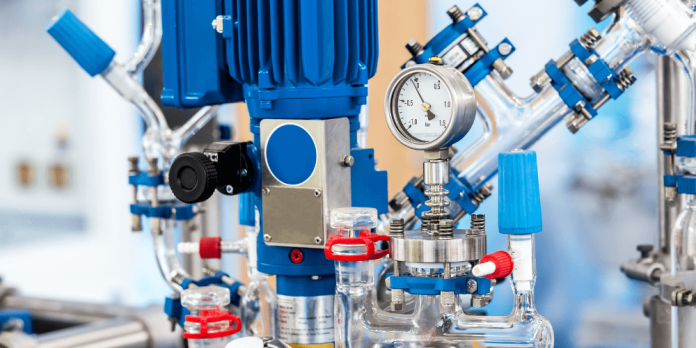In the realm of chemical processing, the glass-jacketed reactor has established itself as a prevalent tool that offers calibrated temperature regulation for various chemical reactions. This apparatus is engineered to furnish a well-regulated setting for chemical reactions, distillations, and other methods by incorporating a double-wall composition that upholds a steady temperature and resists contaminants from infiltrating the vessel.
To achieve a superlative performance, it is crucial to scrutinize the different design factors that come into play while manufacturing a glass-jacketed reactor. These design elements hold an eminent place in ensuring the safety, dependability, and efficiency of the reactor and the superiority of the final product.
In this article, the design considerations for a high-quality glass-jacketed reactor will be explicated in detail, which will confer valuable perspectives to researchers and professionals in the chemical processing sector.
Material Selection
The material selection for building a jacketed glass reactor is an important factor that can have a significant impact on its overall quality. The most popular material is glass because of its exceptional resistance to chemical deterioration and superior transparency. Nevertheless, other materials, such as ceramic or stainless steel, may be used depending on the particular needs of the process. Making sure the reactor can withstand the process’ operational conditions and maintain the integrity of the finished product depends on choosing the right material.
Jacket Design
The jacket design is a crucial component in the performance of a glass reactor. The jacket serves as the conduit for temperature control during chemical reactions, and a substandard design can lead to inconsistent heating or cooling of the reaction mixture, thereby jeopardizing the final product’s quality. A top-grade jacketed reactor will feature an evenly distributed jacket thickness and an effective heat transfer system, ensuring precise temperature control.
Sealing System
The principal goal of the sealing system is to impede any leakage and maintain a sterile milieu inside the reactor. To achieve optimal operation, a sealing system that precisely corresponds to process requirements, such as temperature and pressure fluctuations, is vital. Additionally, selecting a suitable sealing material that is compatible with the reactants employed in the procedure is crucial, as it assists in preserving the final product’s quality.
Pressure Rating
The pressure capacity of a glass-jacketed reactor plays a pivotal role in determining the reactor’s standard. It is vital to meticulously assess the pressure capacity to ensure that the equipment can withstand the specific requirements of the process without compromising safety. The pressure rating of the reactor should be established based on the maximum pressure envisaged during the process while factoring in an additional safety margin to safeguard the equipment against unanticipated pressure surges.
Heating and Cooling System
To ensure the security and dependability of the machinery, a glass-jacketed reactor must be built with a reliable sealing system. Leakage prevention and upkeep of an aseptic environment within the reactor are the major goals of the sealing system. A sealing system must be precisely suited to process demands, such as temperature and pressure variations, in order to work at its best. In order to retain the quality of the final product, it is also crucial to select a seal material that is compatible with the reactants used in the process.
Bonus Read
A superb glass-jacketed reactor is a key component in producing excellent chemical products. The design considerations covered in this discourse are essential for ensuring the reactor’s reliability, dependability, and efficiency as well as the creation of a high-quality final product. To ensure that a glass-jacketed reactor can manage the precise process requirements and create a good output, every aspect must be carefully considered while constructing the reactor.










